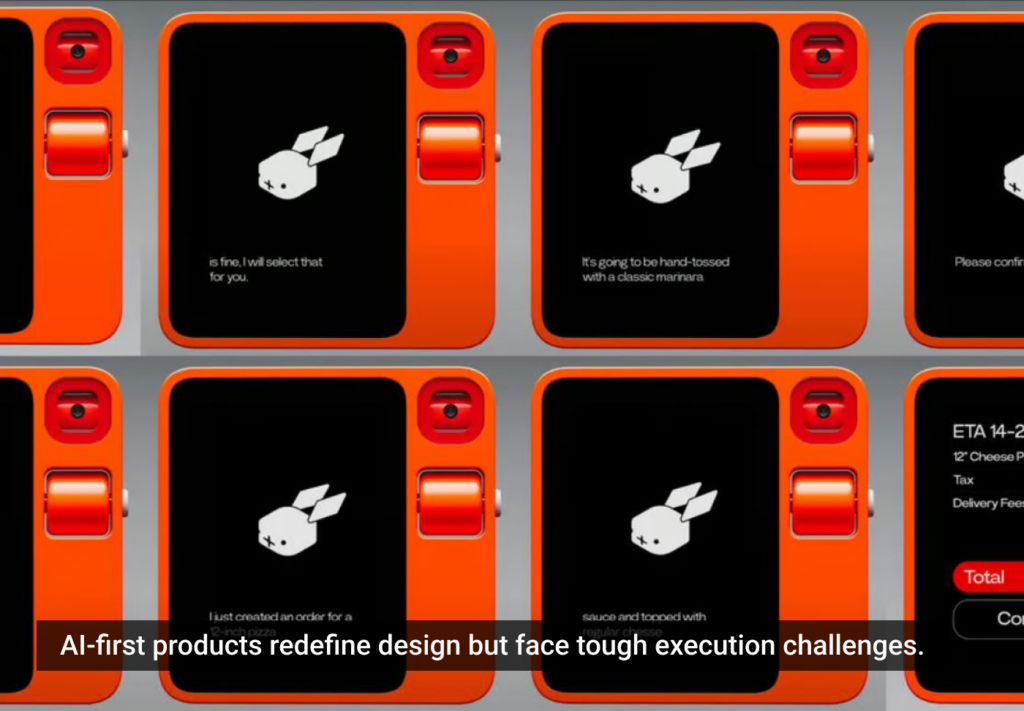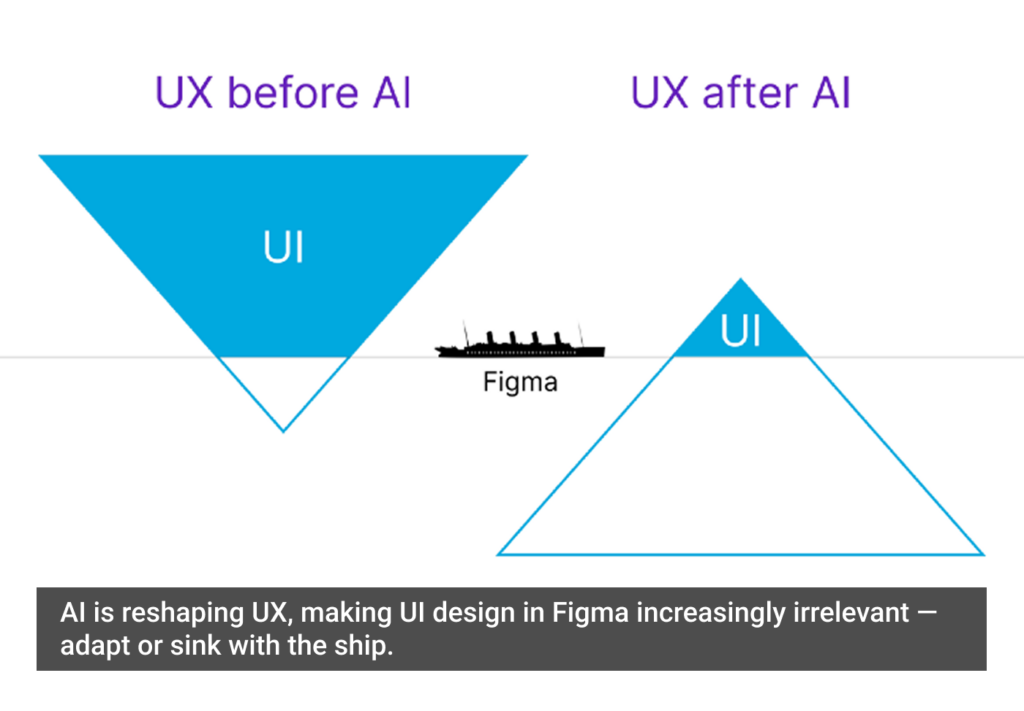Over the last few years, we’ve seen a noted shift in the quality of customer experiences across industries, as well as an increased emphasis on outside-in thinking. That’s good news for customers, but bad news for companies still seen as “just average” compared to brands that stand out with truly great experiences. Startups that focus on the importance of design as well as the customer have succeeded in attracting loyal followings while shaking up the status quo, and created jobs for thousands along the way. The pressure on established companies to examine their goals, processes, culture, and approach—and re-orient them around the customer—is now greater than ever.
What’s holding back the bulk of firms when it comes to shifting from a good to great customer experience? Most lack the agility needed to go beyond surface-level simplification—they are stymied by ecosystem complexity and blinded by inside-out cost accounting. The result is innovation paralysis, fragmented experiences, and in turn, eroded brand value.
But let’s face it. Well-known disruptors like Uber, Airbnb, and Etsy haven’t set a new standard for experience design just because of their advantage of starting with a clean slate. Nor have recent customer experience standouts like Delta and T-Mobile moved the needle forward by being simply slightly better than their competitors.
These brands have made significant strides in experience delivery by putting the customer at the center of their business-decision making and by taking a disciplined and iterative approach to simplicity-driven innovation. As Daria Shualy of daPulse puts it, “Simple is not your starting point; it’s the end result of a long perfection process. You reach perfection by building, measuring, improving, or removing.”
So how can other firms begin to catch up and systematically deliver the types of experiences customers have come to expect? In order to move customer experience out of the repair phase, and shift from good to great, companies need to embrace:
Focus
Rather than diluting resources and attention across multiple initiatives, obsessive focus on a singular driving priority shapes every other decision.
To be clear, focus doesn’t mean doing one thing and one thing only. But it does mean having a guiding customer-centric purpose or goal, and orienting current priorities around that. In the case of Delta, the focus is eliminating canceled flights, which leads to purchasing its own fuel sources in order to remove that obstacle to getting flights off the ground.
To achieve this focus requires a mixture of requirements. It’s not only about having a boss with budget and a clear alignment statement. To fully achieve focus, firms must also have a fresh target, looking beyond the immediate competitive landscape for inspiration, and aim. For instance, the Brooklyn Museum recently eliminated a number of its acclaimed online projects in order to realign its efforts to a core local audience, and focus resources where they could have more impact.
Fluency
Bringing together CX and UX while integrating data and intuition delivers experiences that both conform to the end user’s view of the world and transforms the familiar. In order for something to feel easy, it needs to be understandable. Take for example a recent study where consumers were asked to identify whether or not a site was beautiful. Users scored visually complex websites lower than simple ones.
To offer customers this cognitive fluency, brands will need to embark on customer and product research, demand constant testing, evaluation, and iteration, and perhaps most importantly, align cross-functional teams with the same end goal in sight. Why? Achieving cognitive fluency involves multiple skills and inputs, so UX, interaction design, and visual design must come together—ultimately shortening the path to breakthrough insights.
Magic
Magical experiences are created when the right thing happens at the right time in the right format in a way that makes the interface disappear and brings the experience to the forefront.
We all know Apple’s products aren’t just magically created. Yet, when we bring home a new Apple product, it certainly feels like magic in our hands. But that customer surprise and delight is the result of a lot of focus, reduction, exploration, and integration between software and hardware. Today’s businesses are increasingly designing systems rather than destinations and experiences rather than individual screens. The magic comes from getting the right configuration in the right context—when the complexity is hidden from the user, the experience feels intuitive, and the goals are reached.
Magic is achieved with a very practical mix of data, design, and interaction
Magic is achieved with a very practical mix of data (to drive experience decisions), design (to elevate that experience), and interaction (to activate it and bring it to life). In fact, as a testament to the important role that design plays in CX innovation and creative problem solving, design is now a priority at the C-level, exemplified by designer-led companies like Airbnb, by design-centric products like Nest, and by new design partners in VC companies like Google Ventures, KPCB, and Khosla Ventures.
With these three investments in mind—focus, fluency, and magic—established firms will begin to stay apace with today’s CX leaders, embracing disciplined simplification to build next generation, innovative customer experiences. Only then will we see the next CX shift, from good to great.
To learn more about the power of disciplined simplification, visit the Forrester research report here.
Image of ink and water courtesy Shutterstock.







